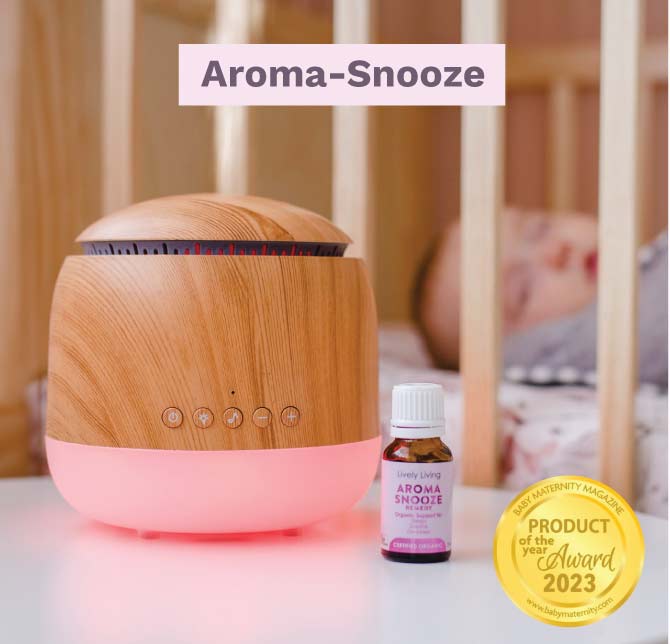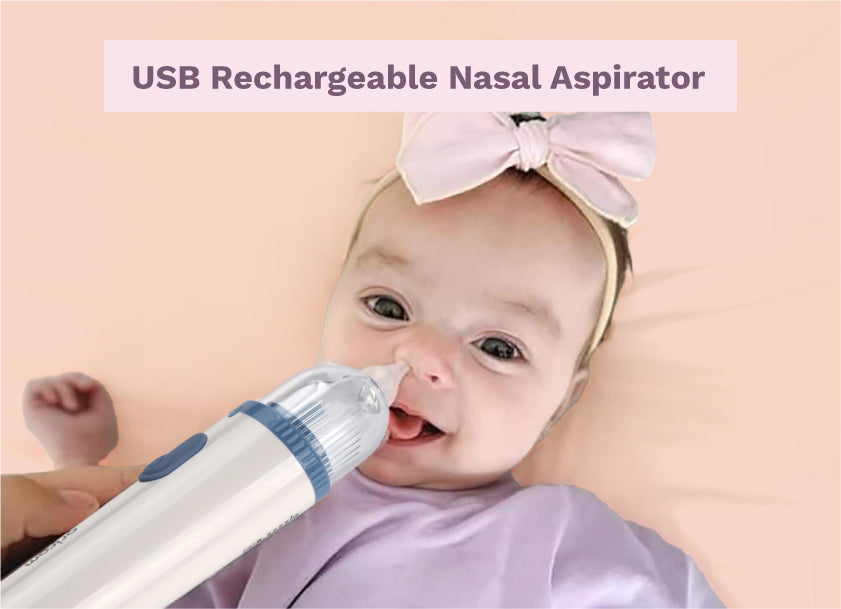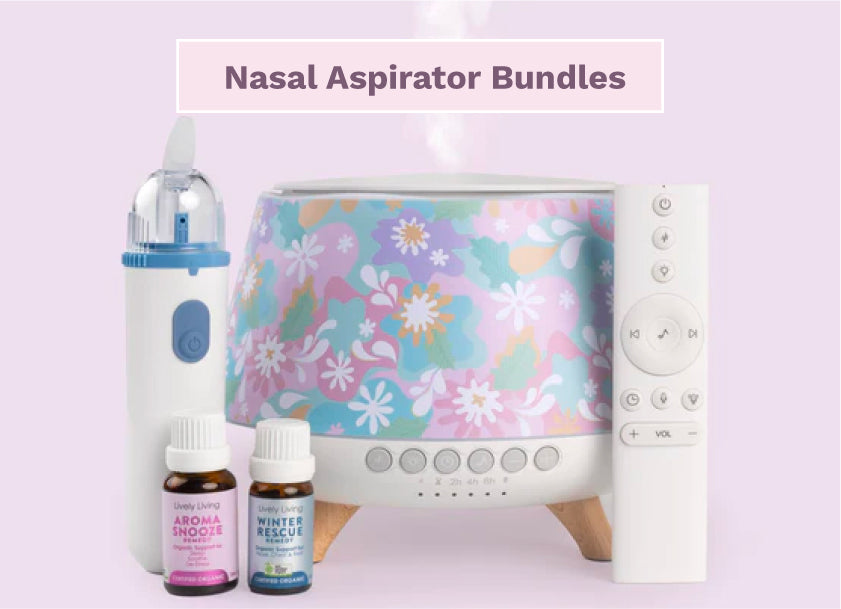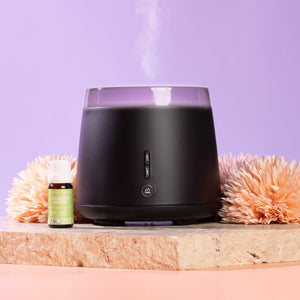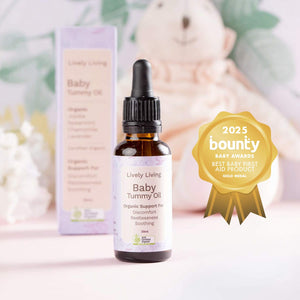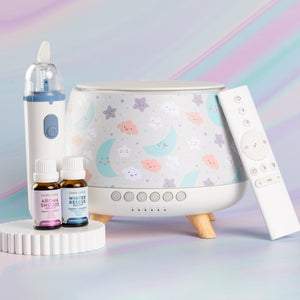Do Babies Breathe Through Nose or Mouth? Essential Facts
As new parents, the journey is filled with questions about our baby's well-being and development. One common query that often arises is: do babies breathe through their nose or mouth? Understanding this fundamental aspect of infant physiology is important for recognizing what's normal and when to seek advice for your breathing baby.
Infants, especially young babies, are primarily nasal breathers. This means they have a natural preference and, initially, a physiological need to breathe through their nose. This instinct is present from birth and plays a vital role in their survival and development, particularly during feeding.
Table of Contents:
- Why Do Babies Breathe Through Their Nose? The Importance of Nasal Breathing
- Understanding Obligate Nasal Breathers
- When Do Babies Start Mouth Breathing?
- Signs Your Baby Might Be Having Breathing Difficulties
- What if My Baby Has a Blocked Nose?
- How to Help Your Baby Breathe Better When Congested
- The Role of Nose Breathing in Development
- What About Snoring, Grinding Teeth, or Pauses in Breathing When Baby Sleeps?
- The Transition to Mouth Breathing and Potential Concerns
- Common Misconceptions About Baby Breathing
- When to Seek Medical Advice for Your Baby's Breathing
- The Long-Term Benefits of Nose Breathing for Children's Health
- Conclusion
Why Do Babies Breathe Through Their Nose? The Importance of Nasal Breathing
Nose breathing, or nasal breathing, is crucial for babies for several reasons. This method allows them to create a seal with their mouth while breastfeeding or bottle-feeding, enabling them to eat and breathe simultaneously. This coordination is a remarkable skill that supports their nourishment and growth from day one.
Beyond this essential function, breathing through the nose offers significant benefits for a baby's health. The nasal passages act as a natural filter, trapping dust, allergens, and other particles before they reach the lungs. This helps protect their delicate respiratory system from irritants and potential infections.
Additionally, the nasal passage warms and humidifies the air inspired, making it gentler on the lungs and helping to regulate body temperature. This process is especially important for newborns who are still adapting to the external environment. Proper nasal breathing also contributes to the healthy development of facial structures and the upper airway.
Understanding Obligate Nasal Breathers
Newborns and very young infants are often referred to as obligate nasal breathers. The term 'obligate nasal breathers meaning' signifies that they almost exclusively breathe through their nose for the first few months of life. This isn't just a preference; it's a physiological reflex.
This characteristic is because the epiglottis (a flap of cartilage at the root of the tongue) is high in their throat, creating a direct airway from the nose to the lungs, which helps prevent milk from entering the airway during feeding. While they can cry (and thus breathe) through their mouth, their reflexive breathing pattern defaults to nasal breathing. This understanding helps parents appreciate why a clear nasal passage is so critical for young babies.
When Do Babies Start Mouth Breathing?
While babies start as primarily nasal breathers, they gradually develop the ability to breathe through their mouths. This transition typically begins around 3 to 6 months of age. As babies develop, the structures in their throat mature, and they gain better control over their breathing mechanisms, allowing for oral breathing when necessary.
Occasional mouth breathing might occur if a baby has a stuffy nose due to a cold or minor congestion. However, consistent mouth breathing in babies, especially when their nose is clear, is not typical and warrants attention. If you observe your baby frequently keeping their mouth open to breathe, it could signal an underlying issue affecting their nasal passages.
Signs Your Baby Might Be Having Breathing Difficulties
It's important for parents, including Aussie parents and those worldwide, to recognize signs that might indicate their baby is experiencing breathing difficulties. Early detection can lead to prompt intervention and better outcomes. Some common indicators include:
- Flaring nostrils: The sides of the nose spread out with each breath, indicating an effort to draw in more air.
- Rapid breathing (tachypnea): Breathing significantly faster than usual for their age and activity level. A baby's normal resting respiratory rate can be up to 60 breaths per minute, but sustained rapid breathing can be a concern.
- Wheezing or grunting: High-pitched whistling sounds (wheezing) during exhalation or short, deep grunting sounds with each breath can signal issues in the airway.
- Retractions: The skin sinking in between the ribs, below the ribcage, or at the neck with each breath. This shows the baby is using extra muscles to breathe.
- Changes in skin color: Bluish discoloration around the lips, tongue, or nail beds (cyanosis) indicates a lack of oxygen and requires immediate medical attention.
- Persistent cough or noisy breathing.
- Difficulty feeding: If breathing struggles interfere with feeding, this is a significant concern as it can severely compromise their intake and hydration.
- Changes in heart rate accompanying labored breathing.
If you notice any of these symptoms, especially if they are persistent or severe, it's essential to consult with your healthcare provider immediately. Some breathing problems can escalate quickly in infants.
What if My Baby Has a Blocked Nose?
A blocked nose or stuffy nose is a common ailment for babies and can temporarily lead to mouth breathing. Since infants are obligate nasal breathers initially, even minor congestion can make them uncomfortable and disrupt their sleep and feeding. Excess mucus is a frequent culprit, especially when they have a cold.
Common reasons for a blocked nose in babies include:
- Viral infections like the common cold.
- Allergies (less common in very young babies but possible).
- Dry air, which can dry out nasal passages.
- Irritants like smoke or strong perfumes.
In rare cases, a physical obstruction in the nasal passage could be the cause, such as choanal atresia.
How to Help Your Baby Breathe Better When Congested
There are several gentle methods you can use to help your baby breathe more comfortably when they have a blocked nose from common causes. These steps can alleviate discomfort for a sick baby and promote better sleep. Here's a step process many parents find helpful:
-
Use Saline Drops or Spray: Saline spray or drops, often made from purified salt water (purified salt and water), can help moisten and loosen mucus in the nasal passages. This makes it easier for the baby to clear their nose or for you to remove the mucus. Always use products specifically designed for babies.
-
Employ a Nasal Aspirator: After using saline, a nasal aspirator can be used to gently suction out the loosened mucus. There are different types, from simple bulb syringes to more advanced devices like the snotty boss aspirator. The boss aspirator is one such tool designed to effectively remove excess mucus.

-
Maintain a Humid Environment: A cool-mist humidifier in the baby's room can add moisture to the air, preventing nasal passages from drying out and helping to keep mucus thin. Ensure the humidifier is cleaned regularly to prevent mold growth, avoiding potential chemical dangers from unclean devices.

-
Elevate Their Head Slightly (with caution): For older babies, a slight, safe elevation of the head of the crib (approved by your pediatrician) might help with drainage when they have a stuffy nose. Never use pillows in the crib for infants due to SIDS risk. Always consult your healthcare provider about safe sleep practices.
-
Keep Hydrated: Ensure your baby is getting enough fluids (breast milk or formula), as this helps keep mucus thin.
These measures are generally safe for managing mild congestion. However, if your baby's congestion is severe, persistent, or accompanied by other symptoms of breathing difficulties, seek medical advice from your healthcare provider.
The Role of Nose Breathing in Development
Nose breathing plays a fundamental role in a baby's overall development, extending beyond simple respiration. The way babies breathe can influence the growth of their facial structures, jaw alignment, and even their long-term health. This natural preference for nose breathing supports several developmental processes.
When babies breathe through their nose, it encourages proper tongue posture, where the tongue rests against the roof of the mouth. This position is critical for the correct development of the palate (roof of the mouth) and dental arches. Chronic mouth breathing, on the other hand, can lead to the tongue resting low in the child's mouth, potentially contributing to issues like a narrow palate or dental misalignments later in life.
Proper nasal breathing also supports optimal oxygen intake and can contribute to better sleep quality, which is essential for growth and development. It's a simple function with profound implications for good health.
What About Snoring, Grinding Teeth, or Pauses in Breathing When Baby Sleeps?
Occasional light snoring in babies, especially if they have a cold or stuffy nose, is usually not a cause for alarm. It often happens due to vibrations in the soft tissue of their upper airway. However, frequent, loud snoring, or snoring accompanied by other concerning signs, should be discussed with your pediatrician.
Persistent snoring might indicate underlying issues such as enlarged adenoids or, less commonly in infants, sleep apnea. Sleep apnea is a condition characterized by pauses in breathing during sleep, which can disrupt sleep quality and oxygen levels. Observing how your baby sleeps can provide clues.
The Transition to Mouth Breathing and Potential Concerns
As babies develop, usually between 3 to 6 months, they gain the physiological ability to switch to mouth breathing (oral breathing) when needed. This is a normal part of how babies develop and is useful if their nasal passages are temporarily blocked, such as during a cold, or during increased physical exertion as they become more active. This transition marks an important milestone in their respiratory maturity.
However, while the ability to mouth breathe is important, nose breathing remains the healthier and more efficient method throughout life. If a child continues to breathe predominantly through their mouth even when their nose is clear, it can lead to several issues. Chronic mouth breathing can cause dry mouth, which may increase the risk of dental problems like cavities, and can also irritate the throat and airways.
Common Misconceptions About Baby Breathing
Navigating information about children's health can sometimes be confusing. Let's clarify a few common misconceptions about baby breathing to help parents understand what's normal:
- Myth: Babies breathe just like adults do from birth.
- Fact: Babies have significantly faster respiratory rates than adults. Young babies are also primarily nasal breathers, a characteristic that changes as they develop.
- Myth: It's normal for babies to breathe loudly or make noises all the time.
- Fact: While some soft gurgles or sighs are normal, persistent loud breathing, wheezing, or grunting can indicate breathing difficulties or an airway issue.
- Myth: Babies can easily switch between nose and mouth breathing from day one.
- Fact: Young infants rely heavily on nose breathing due to their anatomy (obligate nasal breathers). The ability to effectively mouth breathe develops over the first few months.
- Myth: A stuffy nose is always just a minor inconvenience for a baby.
- Fact: Because babies, especially newborns, are obligate nasal breathers, a significantly blocked nose can severely compromise their ability to breathe and feed, requiring careful management.
Understanding these facts helps parents better interpret their baby's breathing patterns and seek appropriate care when needed. Health news and general information should always be supplemented by professional medical advice.
The Long-Term Benefits of Nose Breathing for Children's Health
Encouraging and ensuring a baby can effectively nose breathe has significant long-term health benefits. This natural preference for nasal breathing contributes positively to various aspects of a child's growth and well-being as they develop. Good health practices start early.
Proper nose breathing supports optimal facial development, including the structure of the jaw and palate, potentially reducing the need for orthodontic interventions later. It helps maintain good tongue posture, which is vital for speech development and swallowing. Furthermore, consistent nasal breathing filters and humidifies air, which can lead to fewer respiratory infections and reduce irritation of the airways.
Children who are primarily nose breathers often experience better sleep quality. Improved sleep, in turn, supports better cognitive function, mood regulation, and physical growth. Over the long term, establishing good nasal breathing habits can contribute to overall respiratory health and reduce the likelihood of issues like chronic dry mouth or certain sleep-disordered breathing patterns as they grow. Supporting your child's ability to nose breathe is an investment in their long-term health.
Conclusion
So, to revisit the central question: do babies breathe through their nose or mouth? The answer is that babies are born with a natural inclination and, for the initial months, a physiological necessity to breathe through their nose. These tiny nasal passages are critical for their ability to feed and breathe simultaneously and offer numerous protective health benefits, playing a role in everything from filtering air to aiding proper facial development.
As babies develop, they acquire the ability to breathe through their mouths, usually around three to six months. However, persistent mouth breathing can indicate underlying issues like a blocked nose, enlarged adenoids, or other breathing difficulties that warrant a check-up with a healthcare provider. Understanding the signs of respiratory distress and the importance of clear nasal passages empowers parents to support their child's health effectively.




